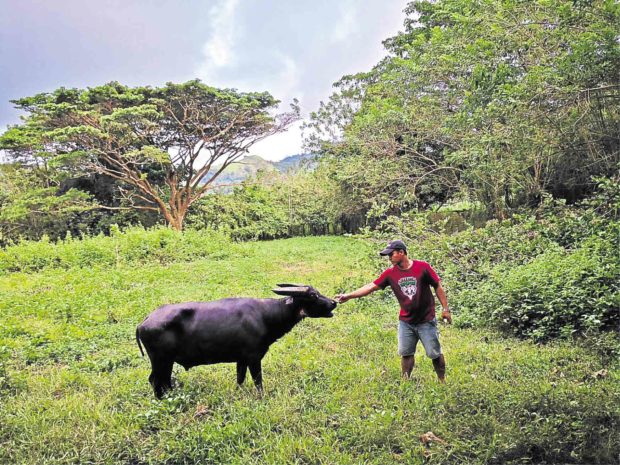In October this year, the Tamaraw Month celebration took a sad turn as the last captive-bred tamaraw in the world passed away due to old age. Kalibasib (an acronym for “Kalikasan bagong sibol”), the dwarf buffalo was found lifeless in Rizal, Occidental Mindoro’s gene pool farm which served as his shelter for 21 years.
[READ: On tamaraw month, our last captive tamaraw Kalibasib passed away]
Despite his death, Kalibasib’s spirit remains through the legacy he leaves behind.
According to a post from National Geographic explorer Gab Mejia, the dwarf buffalo is “now being preserved and undergoing taxidermy” to serve as the centerpiece of a wildlife museum set to be built in Occidental Mindoro.

CNN reports that the preservation process began on Oct. 24 after Kalibasib underwent necropsy. Due to the National Museum of Natural History’s slow response, the provincial government sought the services of a private taxidermist instead.
“His skin, legs, hooves and skull were placed inside a Styrofoam box along with heaps of salt and ice. The box was sealed shut with brown packaging tape and loaded on a passenger ship bound for Manila that same day,” stated the CNN report. Costing P300,000, the taxidermy process will be completed in approximately eight to 10 months.
The dwarf buffalo’s remains will serve as important material for a better study of the species’ anatomy and biology. The study could spark the possibility of another tamaraw captive-breeding project in the country.
“Before we do captive breeding again, we will be subjecting the proposal into an intensive and in-depth feasibility study,” says Tamaraw Conservation Program’s project coordinator Neil Anthony del Mundo. This includes checking whether captive breeding is financially viable, biologically possible and socially and culturally acceptable to the Indigenous community.
According to the report, Kalibasib’s sperm could also “be used to augment the breeding stock and help increase genetic diversity” through in vitro fertilization.
A species endemic to Mindoro, tamaraws are currently classified as critically endangered with an approximate population of 600. Aside from habitat loss, they are highly threatened by illegal poachers.
Header photo by Clifford Nuñez for Inquirer.net
Get more stories like this by subscribing to our weekly newsletter here.
Read more:
Endangered tamaraws seen in the wild in Mindoro after more than a century
Cold-loving migratory hooded cranes seen in Siargao for the first time
Plant poachers can expect to be fined P5k-P300k and imprisoned up to 4 years